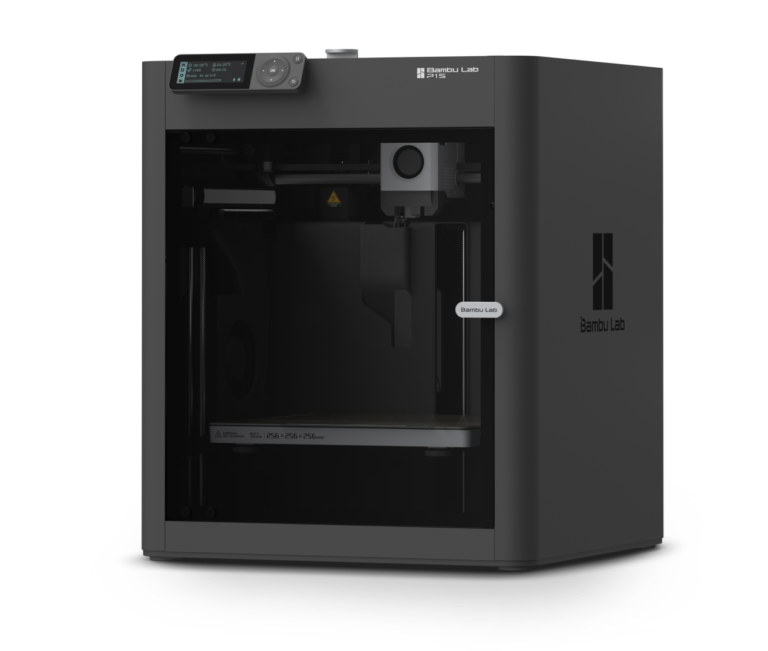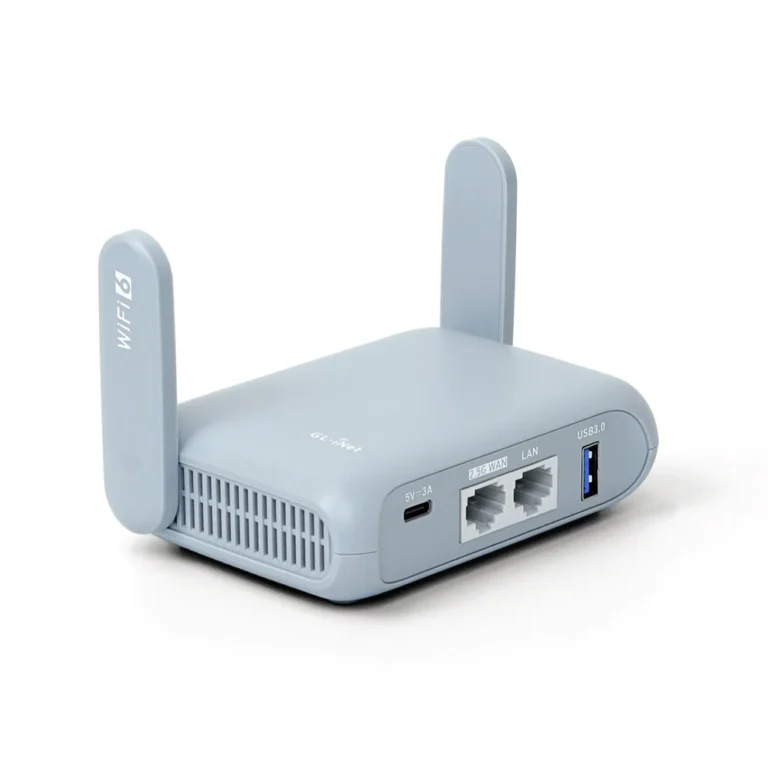Imagine the exhilaration of sitting in your very own racing simulator, feeling every turn, every bump, and every acceleration as if you were on a real track. The roar of the engine, the precision of the steering, and the immersion into a world of high-speed thrills can now be part of your everyday life. Building your own racing simulator brings this experience to your home, transforming your gaming setup into a professional-grade racing rig.
This blog is your comprehensive guide to creating a racing simulator from scratch. Whether you’re a seasoned gamer, a car enthusiast, or someone looking to dive into the world of racing simulations, this guide will provide you with detailed steps, essential tips, and valuable insights. Our goal is to empower you with the knowledge and confidence needed to build a racing simulator that not only meets your needs but also enhances your racing experience.
Building your own racing simulator offers numerous benefits:
- Customization: Tailor every aspect of your simulator to match your preferences and needs.
- Cost-Effectiveness: Save money by building a high-quality simulator for a fraction of the cost of pre-built options.
- Skill Development: Gain valuable skills in DIY electronics, software configuration, and mechanical assembly.
- Immersive Experience: Enjoy a highly immersive and realistic racing experience that rivals professional setups.
By the end of this blog, you’ll be equipped with everything you need to know to build a top-notch racing simulator that will provide endless hours of excitement and thrill. So, buckle up and get ready to embark on this exciting journey!
Understanding Racing Simulators
What is a Racing Simulator?
A racing simulator is a sophisticated setup designed to replicate the experience of driving a real race car. It typically includes hardware components such as a steering wheel, pedals, and a racing seat, along with software that provides realistic driving physics and graphics. The primary goal of a racing simulator is to create an immersive environment where users can practice driving skills, compete in virtual races, or simply enjoy the thrill of high-speed driving from the comfort of their home.
Key Features of Racing Simulators:
- Realistic Driving Physics: Advanced software that simulates real-world driving dynamics, including acceleration, braking, and cornering.
- High-Quality Graphics: Stunning visuals that replicate real racing tracks and environments.
- Force Feedback: Steering wheels that provide tactile feedback to mimic the sensations of driving a real car.
- Customizable Settings: Options to adjust the difficulty level, car performance, and track conditions to suit different skill levels and preferences.
My components
Chasis – Custom aliminium extrusion
Seat – Sparco Seat Slider, Generic gaming seat
Wheel Base – Simucube 2 Pro (LINK)
Steering Wheels – Cube Control F Pro (LINK), Sim Racing Bay Button Box and rim
Pedals – Virtual Racing School Direct Force Pro Pedals. No Clutch (LINK)
VR – Meta Quest Pro
Flight Sim – VKB NXT EVO (LINK)
Computer spec
CPU – Ryzen 7800x3d
RAM – 32GB DDR5 6000MT/s
Motherboard – Asus ROG
GPU – Nvidia 3070 FE (this is sufficient but it will be my next upgrade as i do get some dropped frames)
Case – Corsair not sure on model
SSD – 2TB Gen4 NVME
Simulation Software
Sims – iRacing, ACC
Spotter and Race Management – Crew Cheif
Sim Software – Simhub
Telemetry – Garage 61
Screen Recording – OBS
Benefits of Using a Racing Simulator
Using a racing simulator offers numerous benefits, both for casual gamers and serious racing enthusiasts:
Skill Development: Improves driving techniques and racing strategies.
Cost-Effective Practice: Affordable alternative to track days and driving schools.
Convenience: Race anytime, regardless of weather or track availability.
Why Build Your Own Racing Simulator?
Building your own racing simulator has several advantages over purchasing a pre-built system:
Customization and Personalization: Tailor the simulator to your needs.
Cost-Effectiveness: Save money by assembling components yourself.
Satisfaction and Learning: Enjoy the accomplishment and learn new skills.
Upgrade Flexibility: Easily upgrade components as technology advances.
Popular Uses for Racing Simulators
Racing simulators are used in a variety of contexts, catering to different user needs:
Professional Training: Used by drivers and racing teams for skill enhancement and strategic planning.
Esports Competitions: Central to online racing leagues and tournaments.
Recreational Use: Provides fun and engaging racing experiences for enthusiasts and gamers.
By understanding what a racing simulator is and the benefits it offers, you can better appreciate the value of building your own setup. This knowledge will serve as a foundation as we delve into the detailed steps of planning and constructing your personal racing simulator in the following sections.
3. Planning Your Racing Simulator
- Setting Your Budget
- Determining how much you’re willing to spend.
- Cost breakdown of essential components.
- Space Requirements
- Choosing the right location in your home.
- Space considerations for different setups.
4. Essential Components
- Steering Wheel and Pedals
- Recommended brands and models.
- Key features to look for.
- Racing Seat
- Importance of comfort and adjustability.
- Best options for various budgets.
- Monitor or VR Setup
- Advantages of using multiple monitors.
- VR headsets: immersive experience.
- PC or Console
- Minimum hardware requirements.
- Recommended specifications for optimal performance.
5. Additional Accessories
- Shifters and Handbrakes
- Enhancing realism with additional controls.
- Top-rated shifters and handbrakes.
- Sound System
- Importance of high-quality audio.
- Best sound systems for racing simulators.
- Other Enhancements
- Vibration feedback systems.
- Customizable control panels.
6. Software and Games
- Choosing the Right Racing Software
- Overview of popular racing simulation software.
- Features and compatibility.
- Top Racing Games for Simulators
- List of must-have racing games.
- Brief reviews and recommendations.
7. Assembly and Setup
- Step-by-Step Assembly Guide
- Detailed instructions for assembling components.
- Tips for ensuring stability and comfort.
- Calibration and Configuration
- Setting up and calibrating your steering wheel and pedals.
- Configuring software for optimal performance.
8. Testing and Fine-Tuning
- Initial Testing
- Running your first simulation.
- Troubleshooting common issues.
- Fine-Tuning for Realism
- Adjusting settings for a more realistic experience.
- Advanced calibration techniques.
9. Maintenance and Upgrades
- Regular Maintenance Tips
- Keeping your simulator in top condition.
- Cleaning and care for components.
- Future Upgrades
- Enhancing your setup over time.
- Latest trends and innovations in racing simulators.
10. Conclusion
- Recap of Key Points
- Summary of the building process.
- Encouragement to Get Started
- Motivational closing remarks.
- Call to Action
- Invite readers to share their builds and experiences.
11. FAQs
- Common Questions and Answers
- Addressing frequently asked questions.
- Reader Interaction
- Encourage comments and additional queries.



